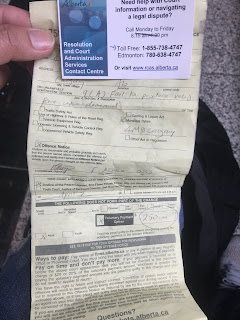In beginning, ketosis, you may experience a range of negative symptoms.
They are often referred to as "low-carb flu" or "keto flu" because they resemble symptoms of the flu.These may include:
- Headache.
- Fatigue.
- Brain fog.
- Increased hunger.
- Poor sleep.
- Nausea.
- Decreased physical performance (7).
These issues may discourage people from continuing to follow a ketogenic diet, even before they start reaping all the benefits.
However, the "low-carb flu" is usually over within a few days.
Foods high in magnessium and potassium
Pumpkin seeds: 46% of the RDI in a quarter cup (16 grams)
Spinach, boiled: 39% of the RDI in a cup (180 grams)
Swiss chard, boiled: 38% of the RDI in a cup (175 grams)
Dark chocolate (70–85% cocoa): 33% of the RDI in 3.5 ounces (100 grams)
Black beans: 30% of the RDI in a cup (172 grams)
Quinoa, cooked: 33% of the RDI the in a cup (185 grams)
Halibut: 27% of the RDI in 3.5 ounces (100 grams)
Almonds: 25% of the RDI in a quarter cup (24 grams)
Cashews: 25% of the RDI in a quarter cup (30 grams)
Mackerel: 19% of the RDI in 3.5 ounces (100 grams)
Avocado: 15% of the RDI in one medium avocado (200 grams)
Salmon: 9% of the RDI in 3.5 ounces (100 grams)
Below are some foods that are excellent sources of potassium, as well as how much they contain in a 3.5-ounce (100-gram) serving (17):
Beet greens, cooked: 909 mg
Yams, baked: 670 mg
White potatoes, baked: 544 mg
Soybeans, cooked: 539 mg
Avocado: 485 mg
Sweet potato, baked: 475 mg
Spinach, cooked: 466 mg
Edamame beans: 436 mg
Salmon, cooked: 414 mg
Bananas: 358 mg





